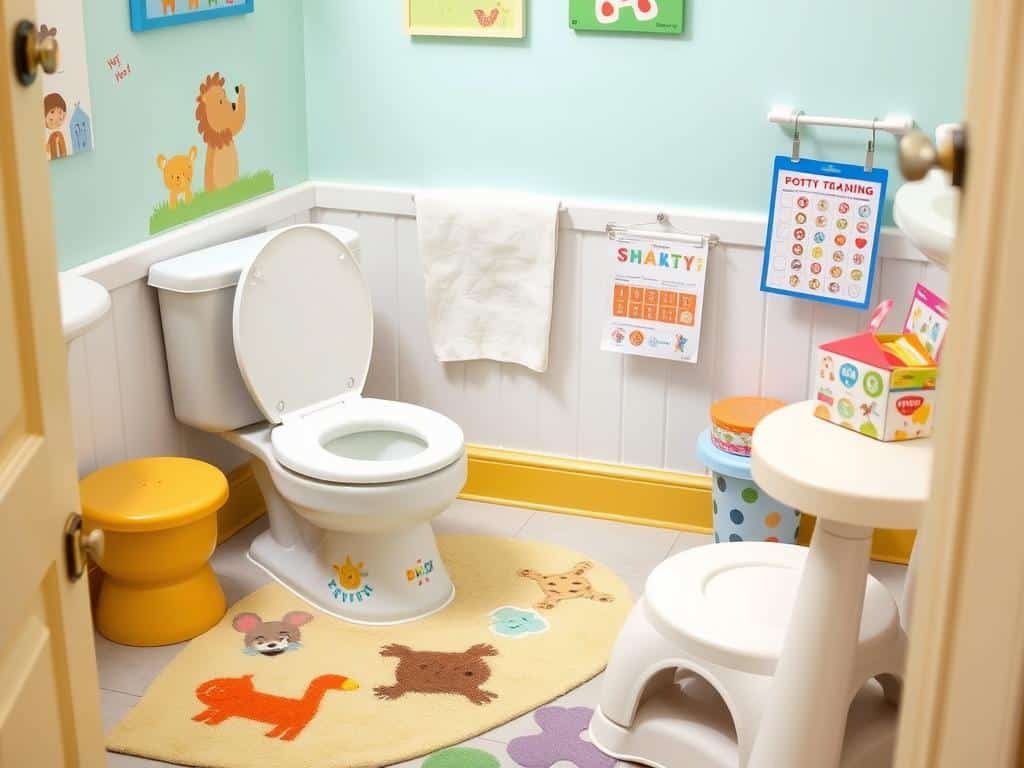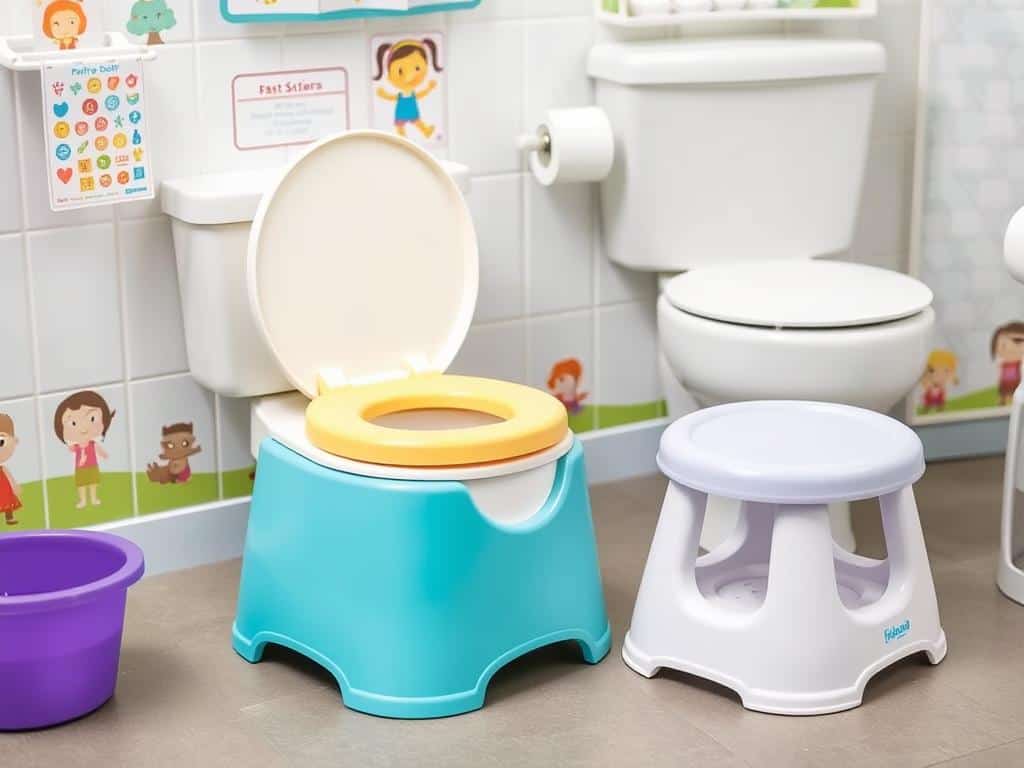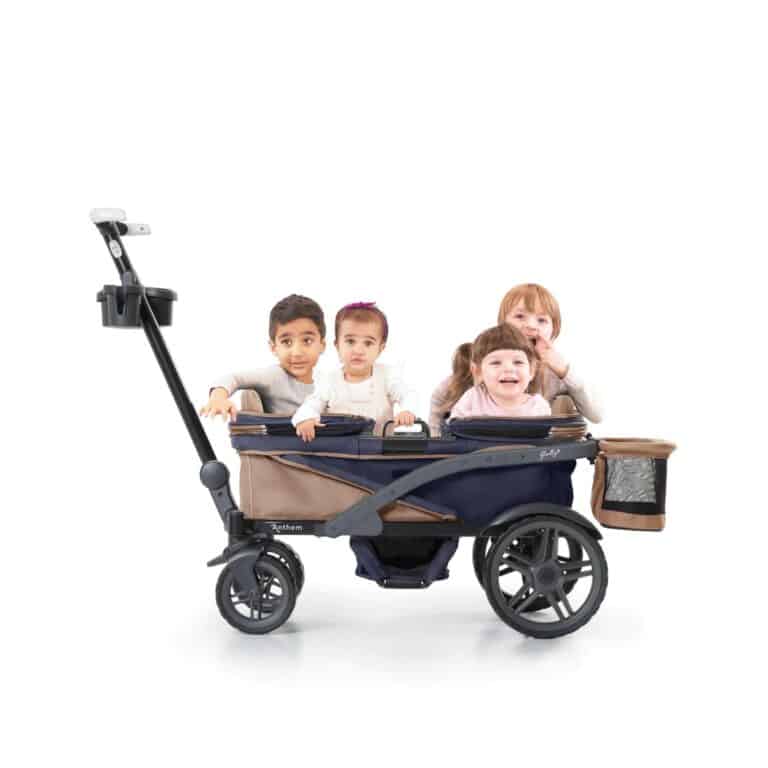14 Potty Training Hacks That Actually Work
Sorry! Board Game for Kids Ages 6 and Up; Classic Hasbro Board Game; Each Player Gets 4 Pawns; Family Game
$5.00 (as of November 30, 2025 09:47 GMT +00:00 - More infoProduct prices and availability are accurate as of the date/time indicated and are subject to change. Any price and availability information displayed on [relevant Amazon Site(s), as applicable] at the time of purchase will apply to the purchase of this product.)Crayola Ultimate Light Board - White, Kids Drawing Tablet, Holiday & Christmas Gifts, LED Drawing Board, Sketching Art Projector, Toys for Boys & Girls, 6+
$13.99 (as of November 30, 2025 09:47 GMT +00:00 - More infoProduct prices and availability are accurate as of the date/time indicated and are subject to change. Any price and availability information displayed on [relevant Amazon Site(s), as applicable] at the time of purchase will apply to the purchase of this product.)Fisher-Price Little People Toddler Learning Toy Caring for Animals Farm Playset with Smart Stages for Pretend Play Kids Ages 1+ years (Amazon Exclusive)
$43.14 (as of November 30, 2025 09:47 GMT +00:00 - More infoProduct prices and availability are accurate as of the date/time indicated and are subject to change. Any price and availability information displayed on [relevant Amazon Site(s), as applicable] at the time of purchase will apply to the purchase of this product.)This post may contain affiliate links which means I may receive a commission for purchases made through links at no extra cost to you. I only recommend products I truly believe in. Thank you for your support!
Potty training can be tough for parents and kids. But, with the right tips and a bit of creativity, it can be easy and fun. I’ve learned that staying calm, avoiding fights, and making it fun are key. That’s why I’m excited to share 14 potty training hacks that have worked for me and many families.
The American Academy of Pediatrics says to start potty training between 18 months and 3 years. These hacks offer practical tips, tools, and techniques to make the transition smoother and less stressful for everyone.
Key Takeaways
- Introducing potty training through play can reduce children’s fear of the process.
- Gradually transitioning from naked time to underwear can help children adjust to the new routine.
- Keeping a bin of toys near the potty can reduce distractions and encourage proximity during playtime.
- Making the potty training process fun with food coloring and other engaging activities can foster excitement and engagement.
- Staying relaxed and avoiding stress or frustration is crucial, as toddlers are sensitive to parental emotions.
Understanding the Potty Training Process

Potty training is a big step for kids. Knowing how it works can make it easier and more fun. The best time to start is between 20 and 30 months. This is when kids are not too busy with other things.
Signs That Your Child is Ready
There are signs that show a child is ready for potty training. These include:
- Stating when they need to use the bathroom
- Asking to be changed after a bowel movement or wet diaper
- Waking up from naps with a dry diaper
Watching for these signs can help you know when to start theEasiest Ways to Potty Train.
Creating a Potty Training Schedule
Having a regular potty training schedule is important. Take your child to the bathroom at set times, like in the morning, after meals, and before naps or bed. This helps them learn when it’s time to go. Don’t start too early or late, as it can cause problems.
Every child is different, and potty training is no exception. Be patient, listen to your child, and celebrate their small wins.
Choosing the Right Equipment
Starting Potty Training Strategies with the right gear is key. As a parent, making your child’s potty training space comfy and encouraging is vital. Here’s some Practical Potty Training Advice on the best toilets, seats, and accessories for a smooth journey.
Types of Toilets and Seats
A basic potty seat for each bathroom is a good start. But, a urinal potty with a water wheel for boys can help the big toilet transition. For travel, foldable seats or portable potties are great. They ensure your child feels at home, wherever you are.
Fun Accessories to Encourage Use
Make potty training fun with cool accessories. Sticker charts, themed toilet paper holders, or a special “potty only” book can make it memorable. The goal is to spark your child’s imagination and make it enjoyable.
Traveling with Potty Training Gear
Being ready for outings during potty training is essential. Keep waterproof mattress protectors and spare clothes, including waterproof shoes, handy. This way, you’re ready for accidents and your child feels supported.
Choosing the right equipment is a big part of Successful Potty Training Strategies. With the right tools and a positive environment, potty training can be a breeze for your child.
| Equipment | Recommendation |
|---|---|
| Toilet Seats | Basic potty seat for each bathroom, urinal potty with water wheel for boys |
| Travel Gear | Foldable potty seats, portable potties |
| Accessories | Sticker charts, themed toilet paper holders, special “potty only” books |
| Backup Items | Waterproof mattress protectors, spare clothing, waterproof footwear |
Setting Up a Positive Environment

Potty training can be tough for toddlers and parents. But, a positive environment can help a lot. Use positive reinforcement to encourage your child and make it fun.
Role of Positive Reinforcement
Positive reinforcement is key in Potty Training Hacks for Toddlers. Praise your child when they use the potty. Give them high-fives and small treats like Skittles or M&M’s. This makes potty training positive.
Creating a Potty Station
Make a special Stress-Free Potty Training Techniques area in your home. Use a small, child-sized toilet or potty seat. Add your child’s favorite books, toys, and stickers. This makes the potty area welcoming and fun.
Using Books and Videos for Inspiration
Use potty training books and videos with your child’s favorite characters. They can teach and inspire your toddler. But, don’t let TV or phones distract during potty time. This can cause problems.
To create a positive potty training environment, make it fun and rewarding. With patience, consistency, and positive reinforcement, your toddler will master this milestone with confidence.
Making Potty Training Fun

Potty training can seem tough, but it can also be fun. The trick is to make it enjoyable for you and your child. Let’s find some fun ways to make potty training easy!
Rewards and Sticker Charts
Using rewards can really help your child stay motivated. Try a sticker chart where they get stickers for each time they use the potty. Seeing their progress can make them feel proud and excited.
Themed Potty Training Days
Make potty training special with themed days. Dress up, have a pajama party, or go tropical. These fun days make the experience memorable and exciting for your child.
Engaging Games to Play
Playful activities make potty training more fun. Try a “target practice” game with cereal pieces in the toilet. Or, add food coloring to the water for a colorful adventure. These games make a boring task fun.
Success in potty training comes from finding the right mix of fun and structure. By making it playful and rewarding, you can make this big step in their life a happy one. With these “14 Potty Training Hacks That Actually Work,” you’re on your way to a great potty training journey.
Handling Accidents Gracefully

Potty training can be a wild ride, and accidents will happen. It’s important to stay calm when they do. Don’t say “It’s OK” or make a big deal, as it might encourage more accidents. Instead, explain what happened and what to do next time in a simple way.
Keeping Calm and Collected
When an accident happens, take a deep breath. Don’t scold or criticize your child. Stay patient and understanding.
Guide them to the bathroom and have them help clean up. Tell them it’s okay, it’s part of learning.
Learning to Clean Up Together
Getting your child involved in cleaning up is key. It teaches them responsibility and shows them accidents have consequences. Use water and vinegar to get rid of smells. Keep cleaning supplies ready for quick cleanups.
Reassuring Your Child
Accidents can be tough, but don’t scold or punish. Comfort and reassure them instead. Tell them accidents are normal and they’re learning.
Celebrate their successes, no matter how small. Encourage them to keep trying.
Being positive and patient during potty training is crucial. Handling accidents well boosts your child’s confidence. It helps them enjoy this exciting milestone.
Establishing a Routine

Potty training gets easier with a consistent routine. The Easiest Ways to Potty Train include a structured schedule. This becomes a natural part of your child’s day. Potty Training Made Simple means sticking to a predictable routine.
Morning and Evening Toilet Time
Begin and end your day with a potty break. This habit helps your child get used to the toilet at set times. Use a timer to remind them to go to the potty every morning and evening for a few weeks.
Timing Based on Drinking Habits
Watch how much your child drinks and plan potty breaks. If they drink a lot in the afternoon, visit the toilet more then. Adjust the schedule to give your child enough chances to use the potty, after meals and naps.
Incorporating Potty Breaks in Activities
- Make potty breaks part of your day. When moving from one thing to another, remind your child to use the toilet.
- Don’t ask if they need to go. Say “It’s time to go potty” instead. This makes it a normal part of your routine.
- Let your child pick a fun book or toy for the bathroom. This encourages them to go.
Having a predictable potty routine is crucial for Potty Training Made Simple. By setting a structured schedule and adding it to your child’s day, you help them succeed. It makes potty training much easier.
Encouraging Independence
As your child learns to use the potty, it’s key to help them feel in charge. Teaching them to dress themselves is a great start. It boosts their confidence and makes potty time easier.
Choose stretchy pants with elastic waists to help. It makes dressing easier for them. Also, give them a small bag to carry their potty stuff. It makes them feel responsible and in control.
Teaching Self-Dressing Skills
Learning to dress and undress is a big step. Encourage your child to help with dressing. Be patient and celebrate their small wins. It builds their confidence and self-reliance.
Letting My Child Take the Lead
Letting your child lead in potty training is key. It makes them feel like they’re in charge. This approach helps them feel responsible and makes the process fun for both of you.
Fostering a Sense of Responsibility
Using a potty routine chart is a good idea. It helps them remember how to use the potty. It’s a great way to teach them responsibility and independence.
Every child’s potty training is different. By teaching them the right skills, you’re setting them up for success and confidence.
Staying Consistent
Consistency is key for successful potty training. As a parent, it’s important to have the same approach with all caregivers. This means your spouse, grandparents, or daycare providers should all agree on the routine.
Don’t use diapers or pull-ups during the day. This helps your child learn to listen to their body. Use underwear with fun characters to make it more fun. Making your own training pants can save money and be good for the planet.
Keep a steady routine and always be positive. This way, you can celebrate small victories and keep your child motivated.
Importance of Consistency Between Caregivers
For Potty Training Hacks for Toddlers, everyone in the family needs to agree. If not, it can confuse your child and slow them down. Make sure all caregivers use the same Stress-Free Potty Training Techniques.
Avoiding Confusing Changes
Big changes in potty training can upset your child. Keep the same schedule and rewards to make them feel secure. Slow, clear changes help them keep moving forward.
Celebrating Small Wins Regularly
- Always praise your child for their small victories. This boosts their confidence.
- Use a sticker chart or rewards for big achievements, like staying dry all day.
- Tell other caregivers about your child’s successes. This builds pride and motivation.
Stay consistent, avoid big changes, and celebrate small wins. This makes potty training easier and more stress-free.
Overcoming Challenges
When we start potty training, we might hit some bumps. But with patience and smart strategies, we can get past them. Let’s look at some common problems and how to solve them.
Dealing with Resistance
Some kids don’t want to use the potty because of fears. Using Pull-Ups and fun stuff can make it more enjoyable. Letting them play with their favorite characters can help them feel more at ease.
Addressing Fear of the Toilet
If your child is scared of the toilet, try a step stool or a small potty. You can also use toys to show how to use the potty. This can help them feel less scared.
Strategies for Nighttime Training
Nighttime potty training can be tough. Keep a potty in their room for easy access. Use waterproof covers and extra sheets for quick clean-ups. Panty liners can also help with small leaks.
Every child is different, and potty training takes time. Be patient and make it fun. This way, your child can face any challenges with confidence.
For more 14 Potty Training Hacks That Actually Work and Potty Training Tips, check out Pull-Ups.com. They have great tools and advice for your potty training journey.
Resources and Support
Remember, you’re not alone in potty training. There are many resources to help you and your child. You’ll find books, online communities, and more to make it easier.
Books and Online Communities
Potty training books offer great advice and strategies. Online forums and Facebook groups are also great. They let you share tips and get support from other parents.
Consulting Professionals if Needed
If you’re having trouble, talk to doctors or therapists. They can give you advice for your child’s needs. This can make a big difference.
Creating a Potty Training Back-Up Plan
Every child is different, and things don’t always go as planned. Having a back-up plan is smart. Keep extra supplies and rewards ready. This way, you can handle any bumps in the road.












